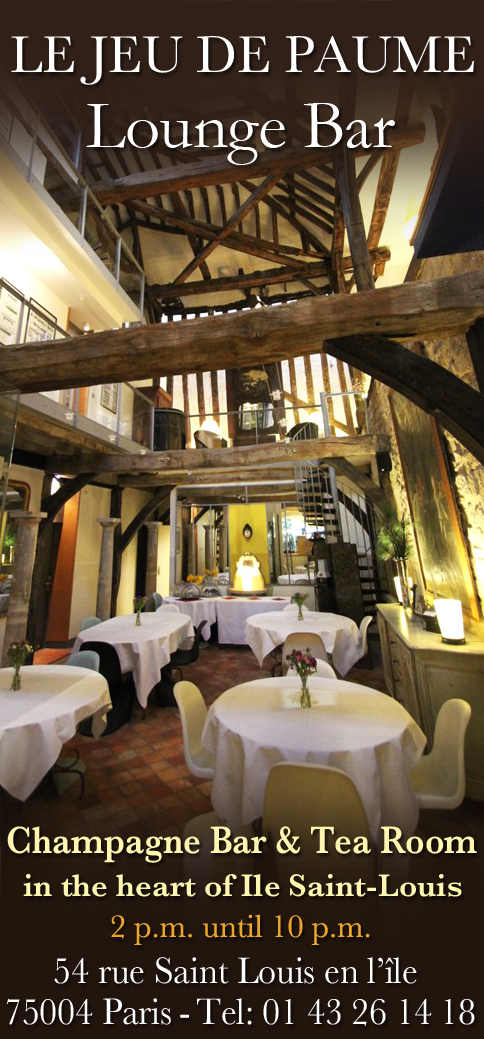 Marais Museums
Marais Museums
.jpg)
"Le Marais," which means swamp, is the heart of historical Paris. Most of this now protected district was built in the 16th and 17th centuries. At the beginning of the history of Paris, 20 centuries ago, this area used to be a zone infested by insects with very wet and unstable ground, which is where it gets its name from. In today's Paris, Le Marais is in the 3rd and 4th arrondissements (districts) of town. It is one of the most fashionable districts, and most expensive to live in too... For 30 years now, the city council and the government have improved the district and progressively restored most of the beautiful private mansions and aristocratic palaces that had been left abandoned for years.
Here in this district, you're close to the best museums in Paris. The one to see first, to know more about Paris History, is the Musée Carnavalet in rue de Sévigné: it is THE museum of Paris history. Through paintings, models, pictures, furniture, you'll see the evolution of Paris from the Middle Ages up to the 19th century. This really is a marvellous trip through time... Also, not to be missed is the Hotel Salé which is now home to the Picasso Museum. If you stay longer than a weekend, here are some other museums to visit and improve your knowledge of Parisian and international culture! The good news about visiting museums is that since January 2002 all those run by the city council are totally free.
 Victor Hugo's House in Le Marais
Maison de Victor Hugo, Place des Vosges, Paris, France
01 42 72 10 16
Métro: Bastille, Saint-Paul ou Chemin-Vert
Victor Hugo's House in Le Marais
Maison de Victor Hugo, Place des Vosges, Paris, France
01 42 72 10 16
Métro: Bastille, Saint-Paul ou Chemin-VertBus: 20, 29, 69, 76, 96 Open Tuesdays to Sundays between 10 am and 6 pm, last admissions at 5:40 pm http://maisonsvictorhugo.paris.fr/en
The hotel of Rohan-Guéménée was constructed on the site of the Park of Tournelles, by Isaac Arnauld, the King's counsellor and administrator of Finances, who was granted the lot in 1605. In 1639, the residence became the property of Louis de Rohan, prince of Guéménée, and it stayed in the family until 1784. Put up for sale, the hotel was purchased by Jacques Desmary, then in 1797 by the family Péan de Saint-Gilles, and it finally was donated by its descendants in 1873 to the City of Paris and transformed into a primary school.
In 1832, during the rehearsals of his play Le Roi s’amuse, Victor Hugo settled himself at the Place Royale ( now Place des Vosges ), which soon became a popular meeting place where his friends, such as Charles Nodier and Théophile Gautier, would make regular visits. On July 12th, 1832, the lease for the rental of the apartment was signed. The specified contract, starting January 1st 1833, stated, a second floor apartment situated at the Place Royale n°6; the apartment consists of an antechamber, dining room, and drawing room, with a kitchen overlooking the courtyard, several rooms in a wing that can be reached by a corridor with an exit, a small staircase, woodshed, three servants rooms, and a cellar.
The tour of the apartment, which has a surface area of 280m², portrays the three different stages of Hugo’s life, Before the Exile, During the Exile, and After the Exile. The antechamber evokes the childhood and youth of the poet, his marriage with Adèle Foucher, and the birth of their children. The Red drawing room restores most clearly the period during which the family lived at the Place Royale. Here in the apartment, Hugo welcomed many of his friends, while receiving social and literary fame as leader of the Romantic Movement.
The Chinese drawing room and the dining room with its medieval inspiration evoke the period of his exile, as they were conceived by Hugo for the house of Juliette Drouet, his mistress, in Guernsey. These rooms both reveal the poets’ talents as an interior decorator, while echoing the decor of Hauteville House. After the dining room, a small room, which used to be the office of Hugo, exhibits photographs of the Jersey studio (1852-1855), taken at the beginning of the exile by Charles Hugo and Auguste Vacquerie.
The rooms that represent Hugo’s return from exile, in 1870, portray the celebrated poet of the 3rd Republic, who settled at Rue de Clichy, and then in 1878 at Avenue d’Eylau, which in 1881 was renamed Avenue Victor Hugo. The final room of the apartment, a donation by his grandchildren, Georges and Jeanne, is an accurate reconstruction of the bedroom in which Victor Hugo died on May 22nd, 1885.
When Victor Hugo moved into the apartment with his wife Adèle and their four children, he was thirty years old and had already lived through the famous “bataille d’Hernani” and been successful with Notre-Dame de Paris (1831). Here in the apartment was where he wrote Marie Tudor, Ruy Blas, Les Burgraves, Les Chants du Crépuscule, Les voix intérieures, Les Rayons et les Ombres. He also wrote a large part of Les Misérables and the beginnings of La Légende des siècles and Les Contemplations.
The Maison de Victor Hugo receives more than 120,000 visitors each year. Over the past three years, the attendance of visitors has been at a constant increase, despite the periods of closure during which the museum made necessary changes. The renovation included the addition of a welcoming space for large group visits and an elevator that enables access to the rooms for handicapped visitors. The first floor, in particular, with a layout similar to the apartment, went through some important transformations: after staging several exhibitions, the space was significantly enlarged in order to accommodate both fund raising events and temporary exhibitions.
Many Thanks to Constance Allard and Marion Legay for their contribution.
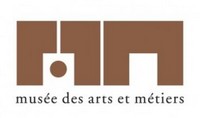 Musée des Arts et Métiers
Musée des Arts et Métiers 60 Rue Réaumur 75003 Paris
Métro : Arts-et-Métiers - Réaumur-Sébastopol Bus : 20, 38, 47
http://www.arts-et-metiers.net/
Musée des Arts et Métiers
Musée des Arts et Métiers 60 Rue Réaumur 75003 Paris
Métro : Arts-et-Métiers - Réaumur-Sébastopol Bus : 20, 38, 47
http://www.arts-et-metiers.net/
Located in the former Saint-Martin-des-Champs abbey, the Conservatoire des Arts et Métiers was created during the French Revolution. Completely renovated in 2000, it is now an impressive museum dedicated to human genius. The former church of the abbey even has suspended planes and cars !
The permanent collection offers a journey through past and present techniques. You will discover the 7 areas of study : Scientific instruments, materials, construction, communication, energy, mecanics, and transportation. Within each department, the evolution is shown chronologically.
You can also see a statue of liberty model and an original version of a Foucault pendulum, not to mention a variety of timepieces and arts and crafts. When you’re ready to take a break, enjoy a drink or a snack at the café-restaurant that also has an open air terrace in the summertime…
The building located at 82 rue François Miron was built in 1706 for Hénault de Cantobre, tax collector. It is a fine example of 18th century classical architecture. The house originally belonged to the Gayet family up until the Revolution. In 1792, it was sold to Antoine Pezet de Corval who then resold it in 1793 to Didier de la Borne. The family of the latter owned the home until 1842. Later, it would be the property of relatives of commander Cohas until 1914. Since that time, the building is owned by the city of Paris. The street facades, ironwork, and central staircase have all been registered as historical monuments. The renovations mainly involve the rehabilitation of the interiors.
In 1988, the city of Paris chose the hotel de Cantobre as the site for the Maison Européenne de la Photographie. In order for the building to serve the functional needs of a large-scale cultural institution, the architects Bernard Deroeux and Olivier Foures were hired to prepare a design study for competition.
The architectural studio of Yves Lion, award winner of the competition which took place in 1990, ultimately won the task of preserving the old-world charm of the building; inventing an internal flow which would meet the functional needs of a modern institution while simultaneously respecting the original structure.
Situated in the historic heart of Paris, the museum is a major center for contemporary photographic art. A completely new kind of cultural establishment, it houses an exhibition center, a large library, a video viewing facility with a wide selection of films by or about photographers, and an auditorium. It is designed to offer easy access to the public of the three fundamental photographic medias : exhibition prints, the printed page, and film.
With 12,000 square feet of exhibition space on three floors, photography-lovers can discover the permanent collection with works by the world’s most influential photographers, including Robert Frank, Josef Koudelka, Raymond Depardon, and Martin Parr. There is also an entire gallery devoted to Irving Penn, one of the most famous photographers of the latter half of the 20th century.
The temporary exhibits range from fashion photography to journalism to art photography and are often retrospectives of a selected photographer.
RUNNING WITH DEER AND HUNTING WITH HOUNDS
It is nothing like the musty homage to machismo you might expect. Clean lines and creamy stone offset subtle details to evoke the forest: handrails hint at scales, fur and claws, a crop of iron antlers juts from a ceiling, lighting is dappled. Traditional trophies and paintings co-exist with contemporary installations. A teddy bear floats, unravelled, in a bell jar, engraved gold dog collars line a cabinet, and a profusion of owl feathers forms a moulded ceiling...
A series of interconnecting rooms, each with its patron animal, urges the visitor to reflect upon the ancient, often mystical relationship between humans and the wild creatures we have feared, hunted, tamed, and mythologized. The Salon du Cerf et du Loup, for example, evokes medieval symbology, in which the deer is aligned with Christ and the wolf with the devil.
The museum experience is both moving and aesthetic—not staidly anthropological. There is no attempt to erase the reality of brute force and suffering, but there is also no trite lip service paid to politically correct indignation over the cruelty of hunting. Beneath the visceral gore of an oil-painting that depicts the scene of a kill, a stuffed wild boar stands unfazed, paradoxically intact. Even after the indelicate attentions of the taxidermist’s toolbox, he retains an air of inscrutability.
But the museum boasts more than an astonishing array of objects and a healthy dose of nuance with regards to hunting; it is also a prime example of the rich architectural heritage of the Marais (see page 08). In the mid-17th century, Jean-François de Guénégaud des Brosses, secretary to the king and a man of considerable means, commissioned François Mansart to build him a fitting abode.
Today, the Musée de la Chasse et de la Nature, or Hôtel de Guénégaud, is the last of the architect’s projects to remain standing. The restoration process was painstaking and radical: a team of experts ordered the building to be entirely gutted before starting afresh, which allowed for the customisation of space according to the collection—a rare opportunity and a curator’s dream. From the curtains to the parquet flooring and wood panelled ceilings, all the interior fittings are brand new. And yet nothing jars. Down to the colour of the window frames in the courtyard, a surprisingly bright blue that was discovered under no less than seventeen layers and nearly four centuries of paint, the changes respect the monument’s past and ease it gracefully into the present.
Closed Monday. €4.50-6.
Musée de la Chasse et de la Nature, 60, rue des Archives, Paris 3.
M° Rambuteau. 01 53 01 92 40
www.chassenature.org
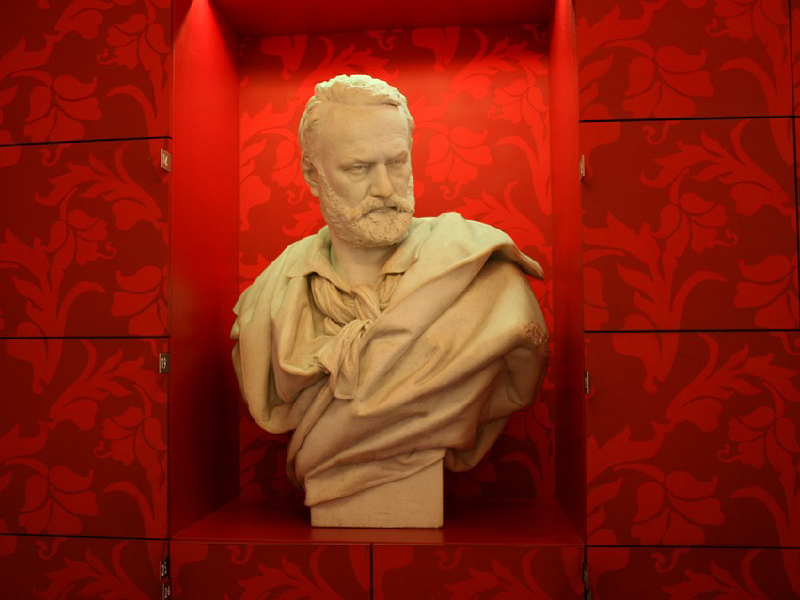
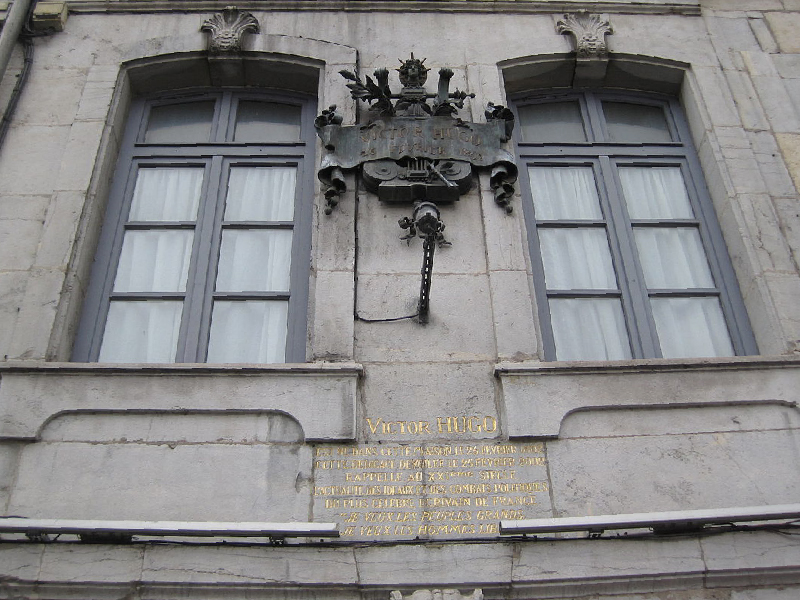
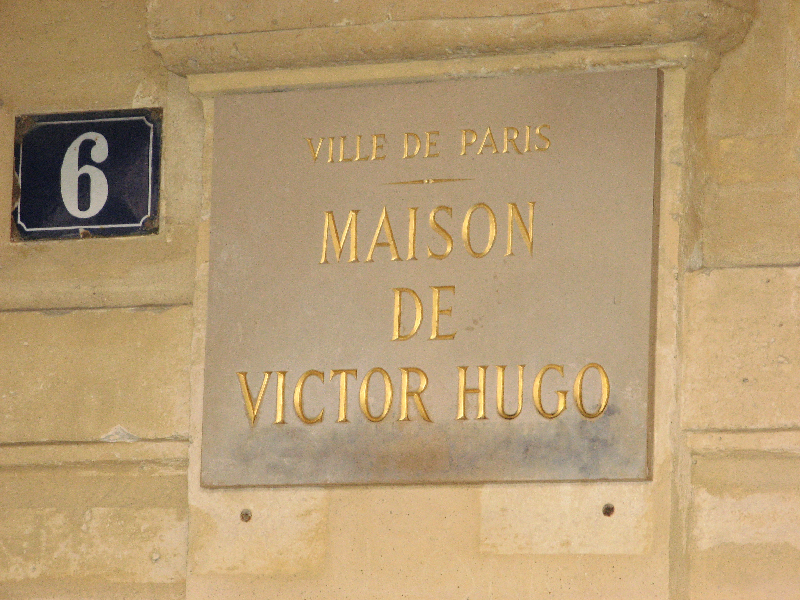
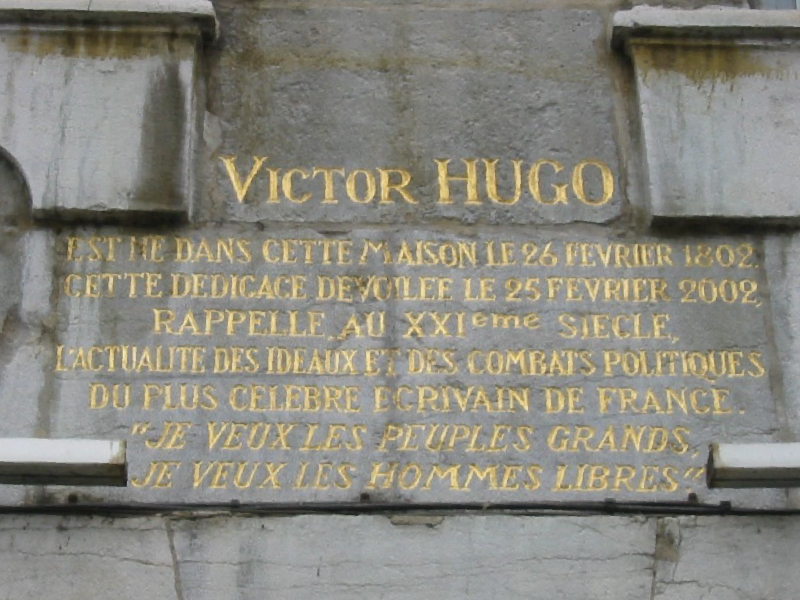
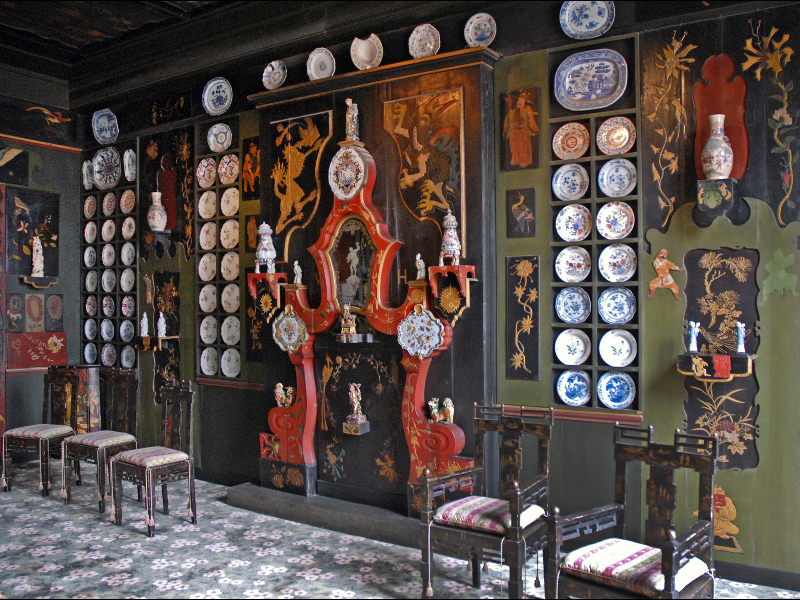
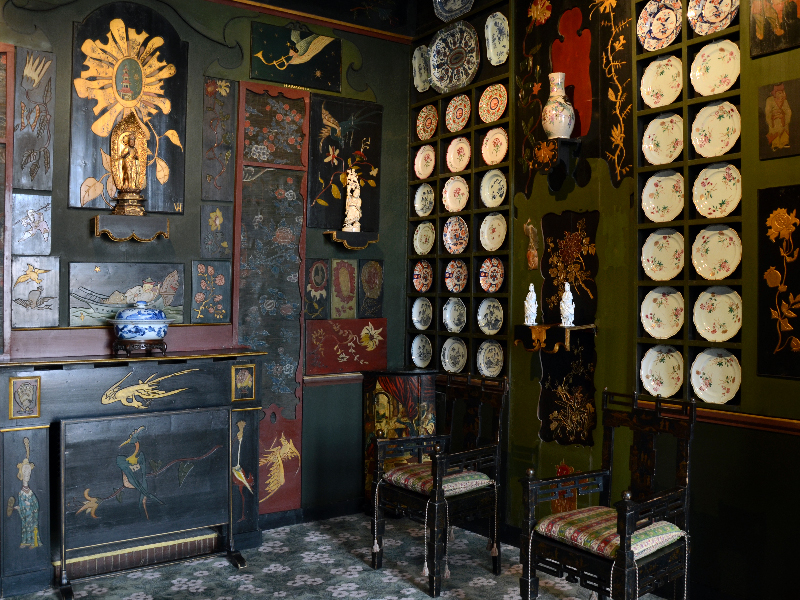
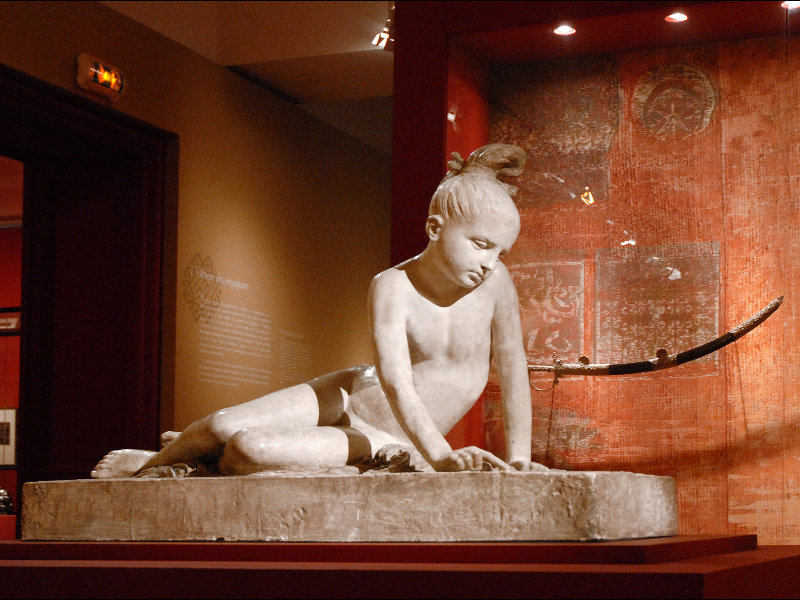
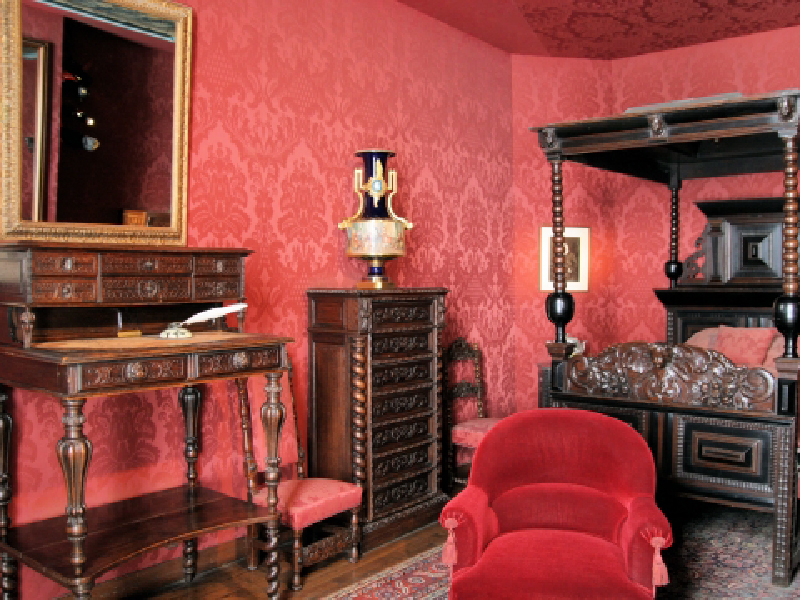
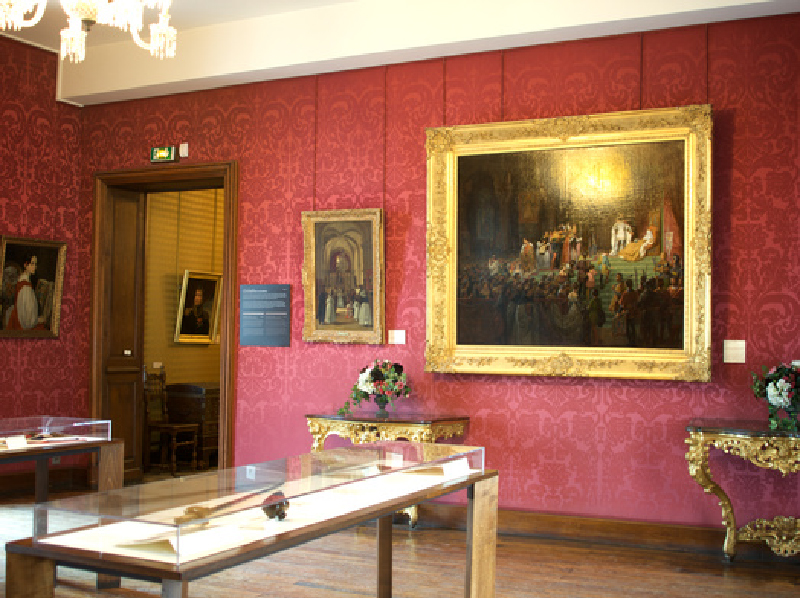
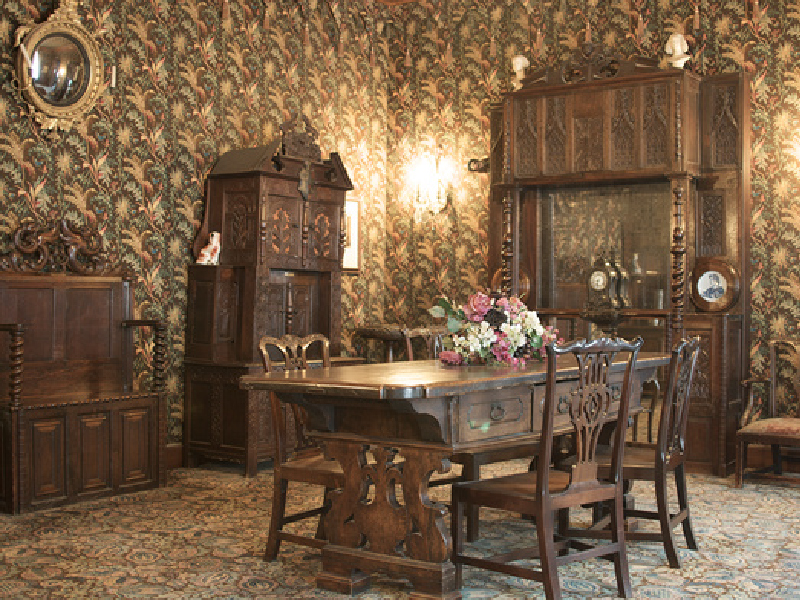
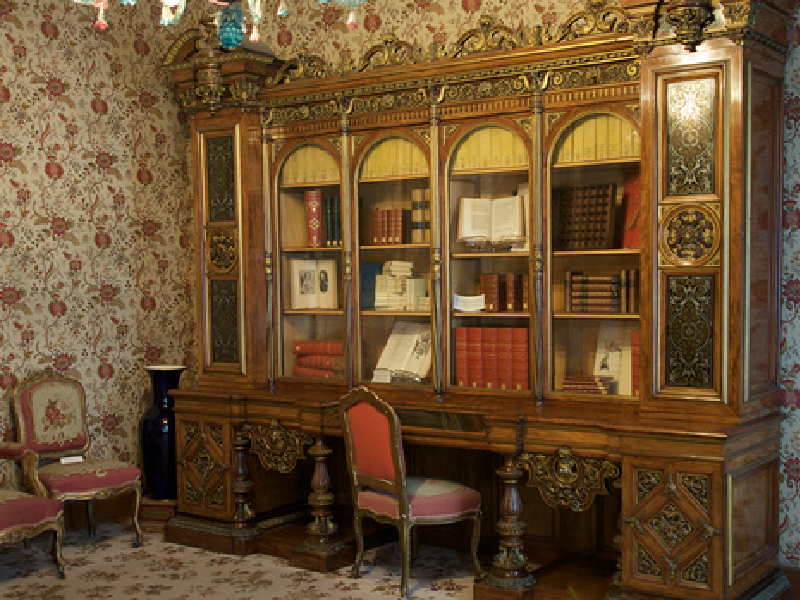
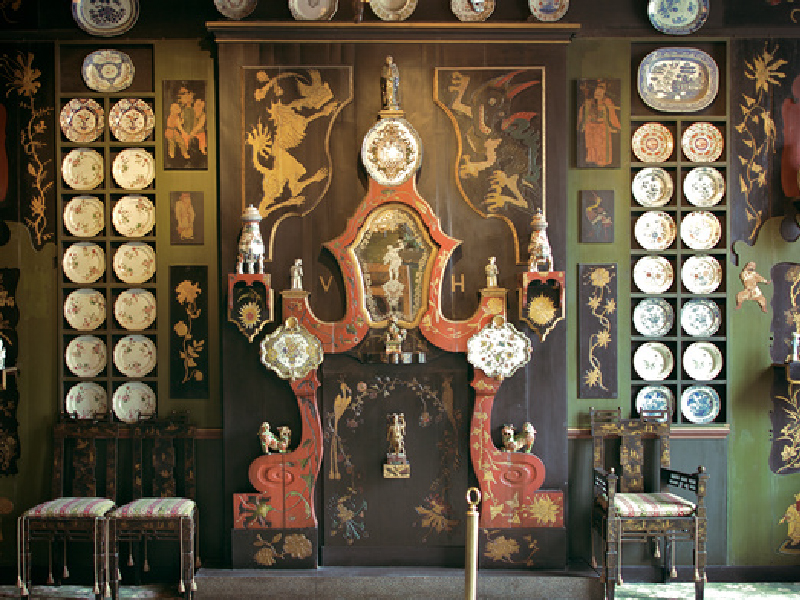
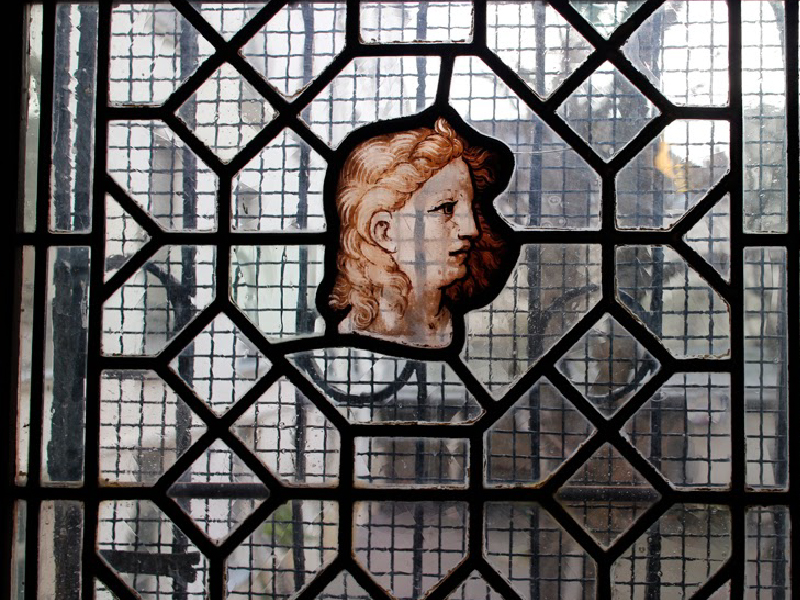
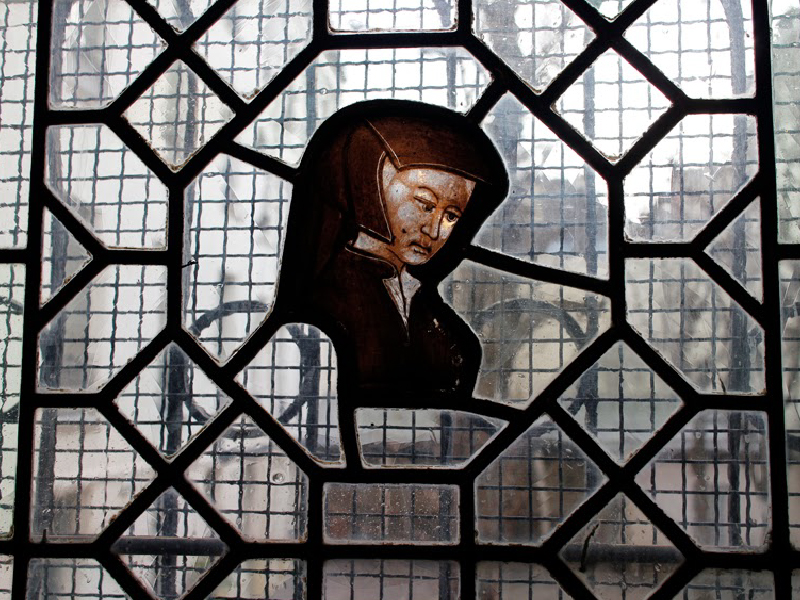
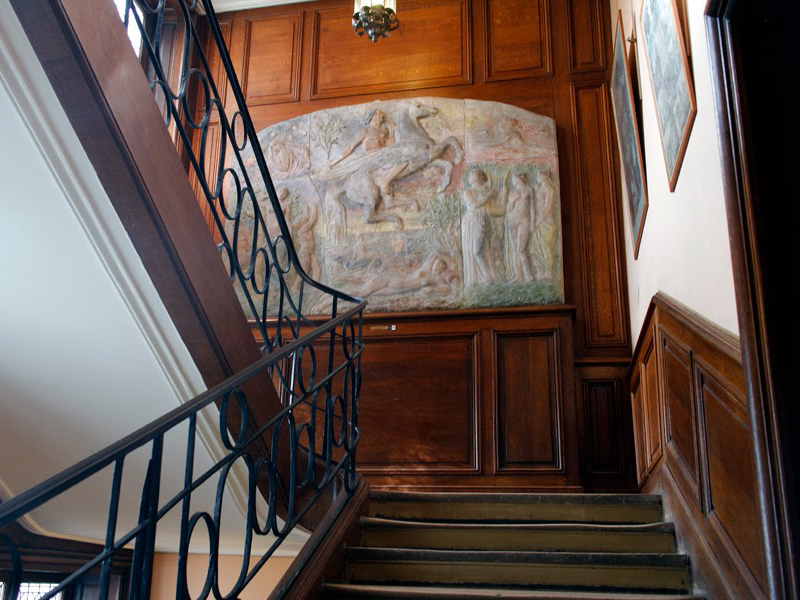
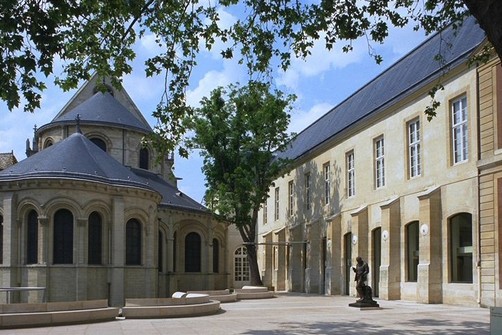
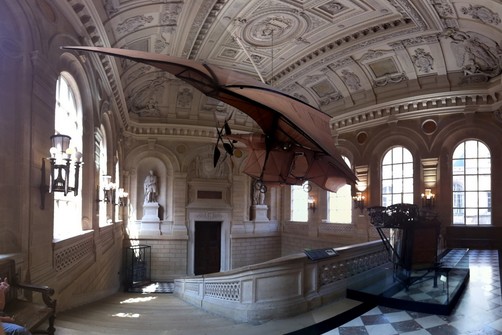
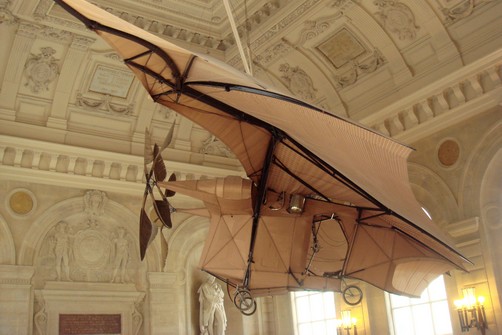
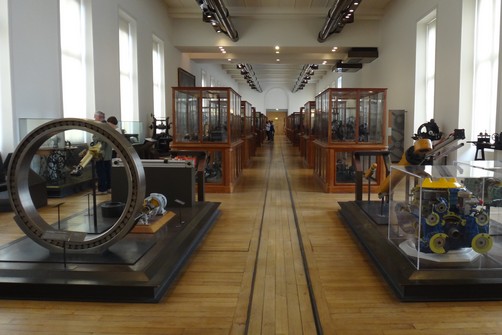
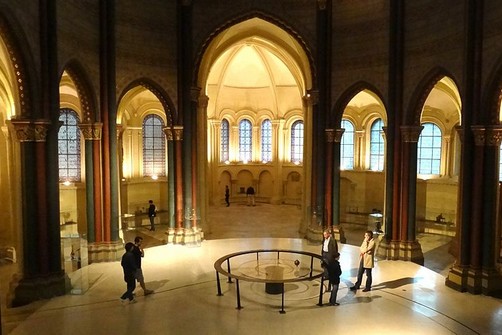
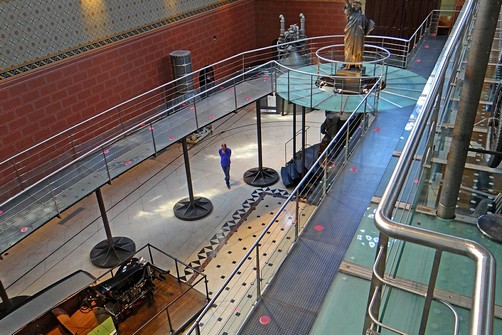
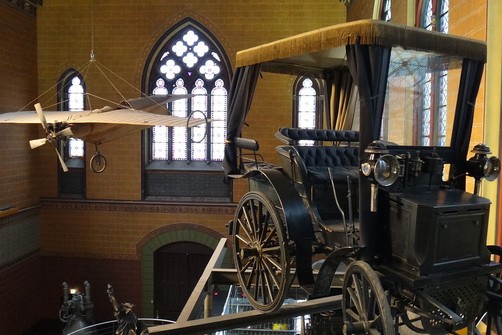
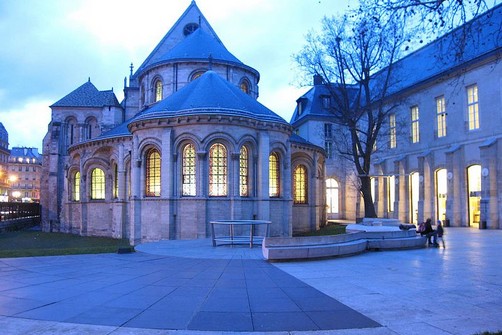
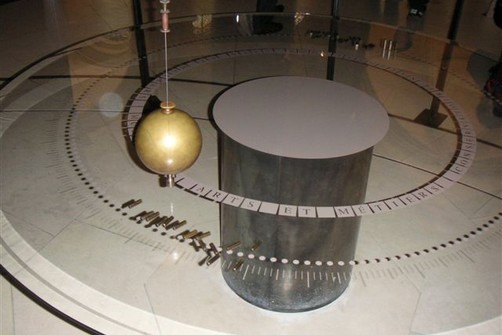
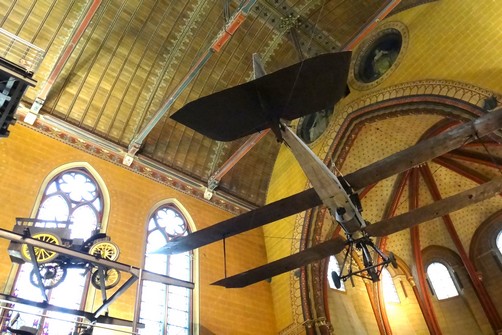
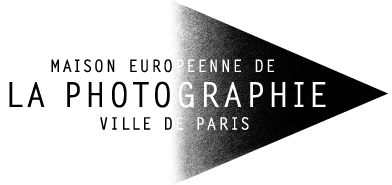
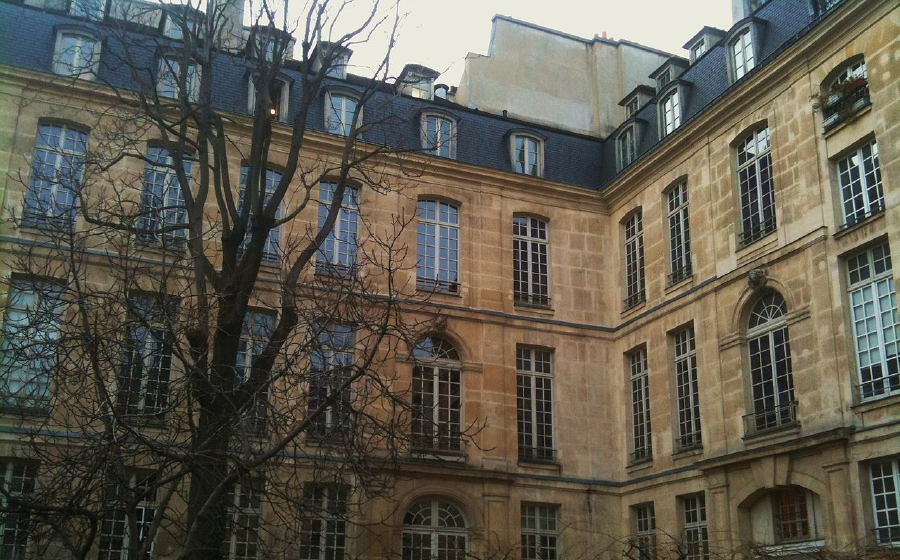
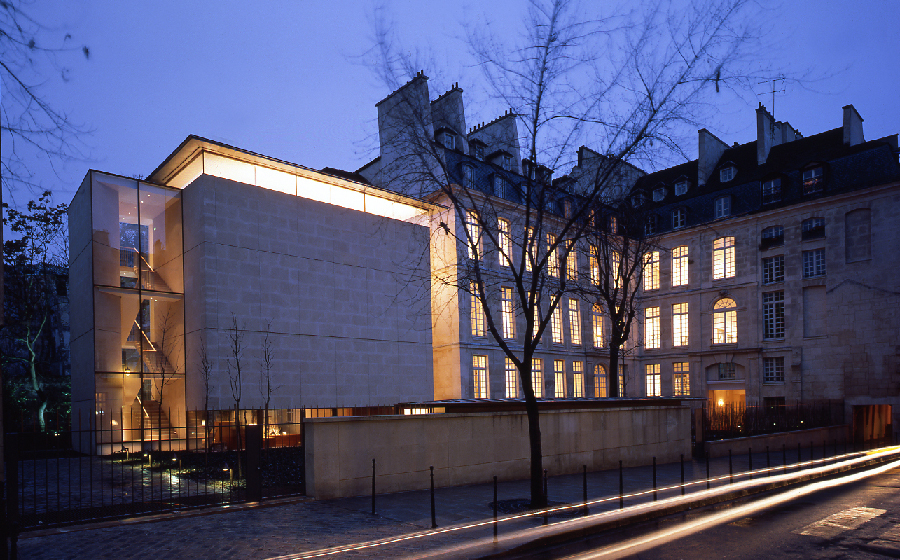
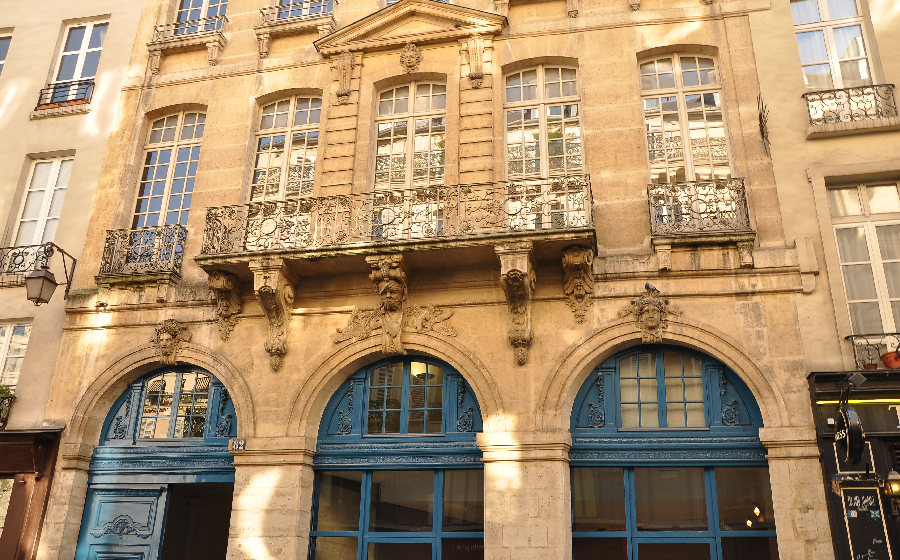
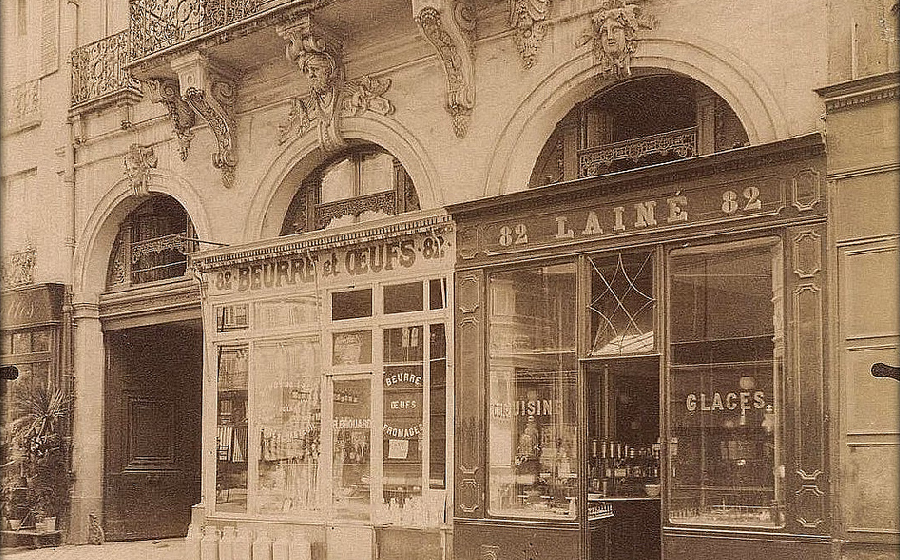
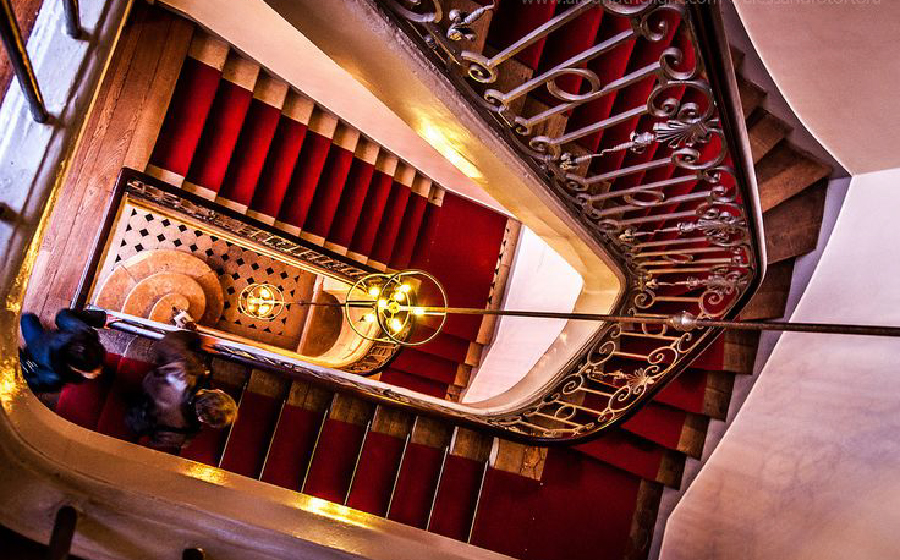
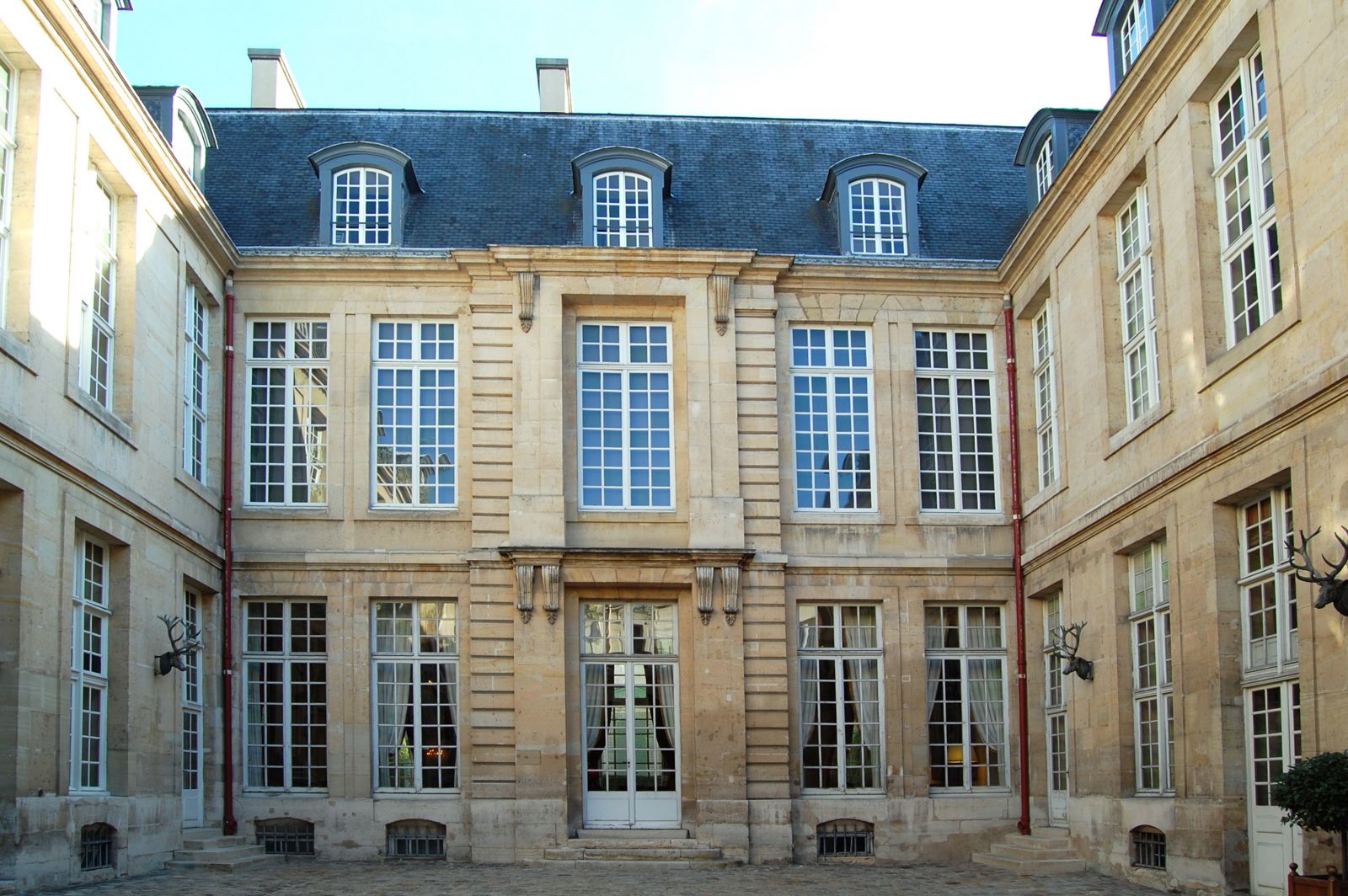
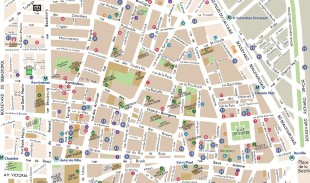
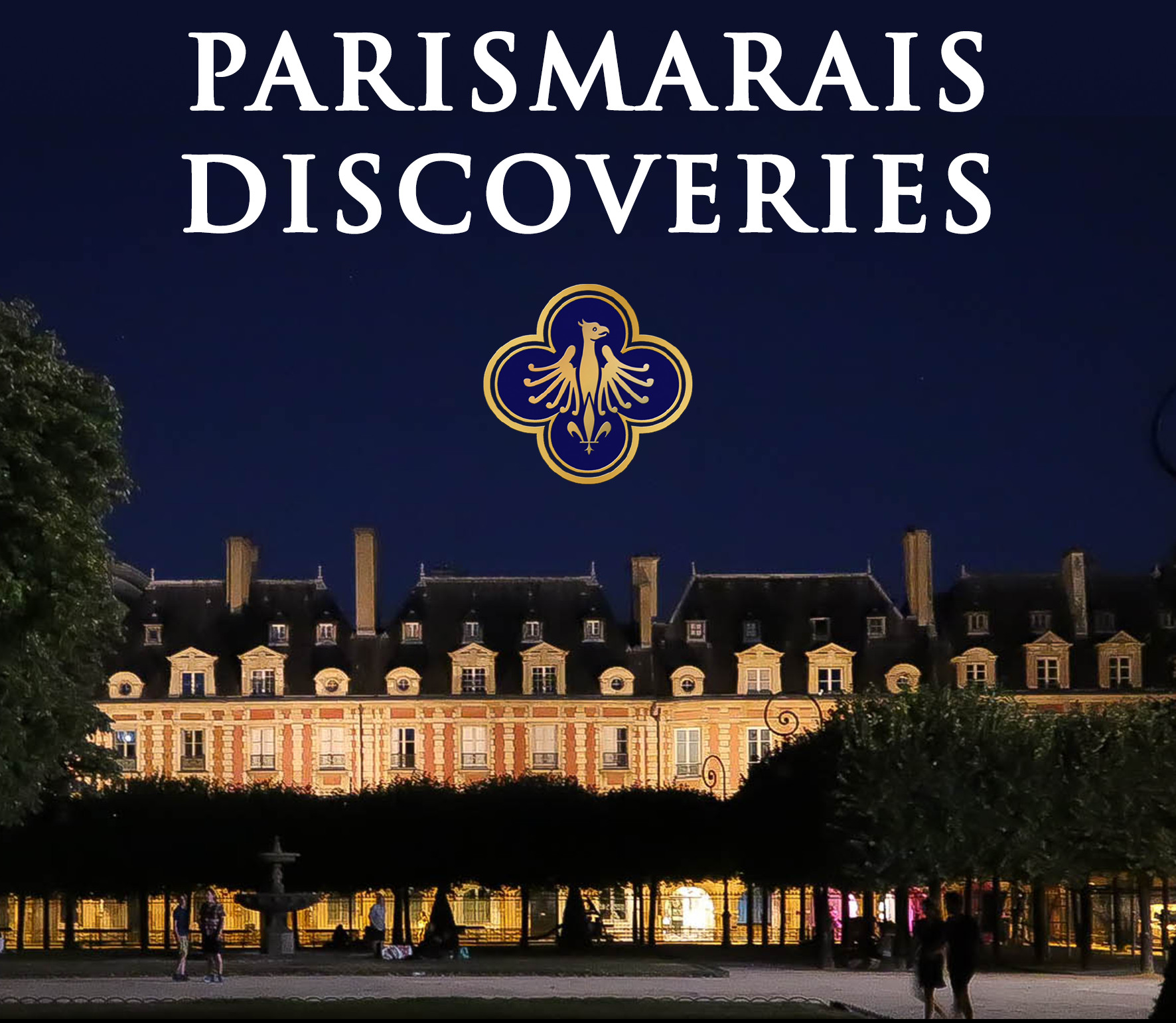
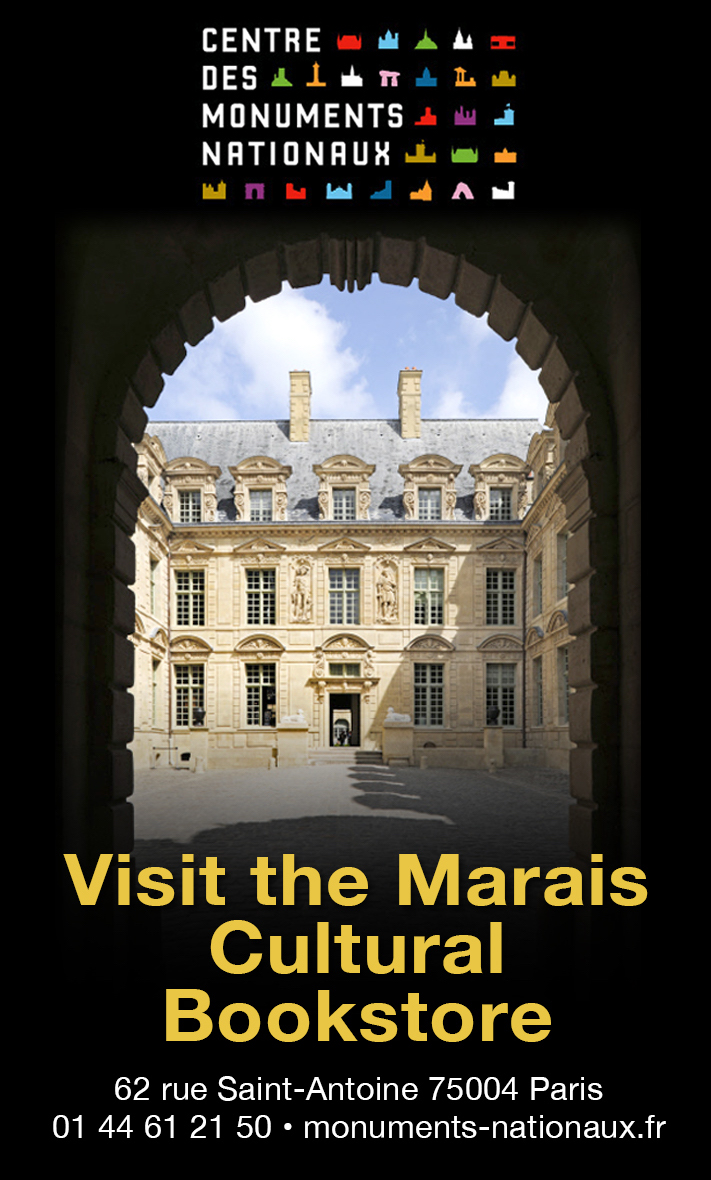
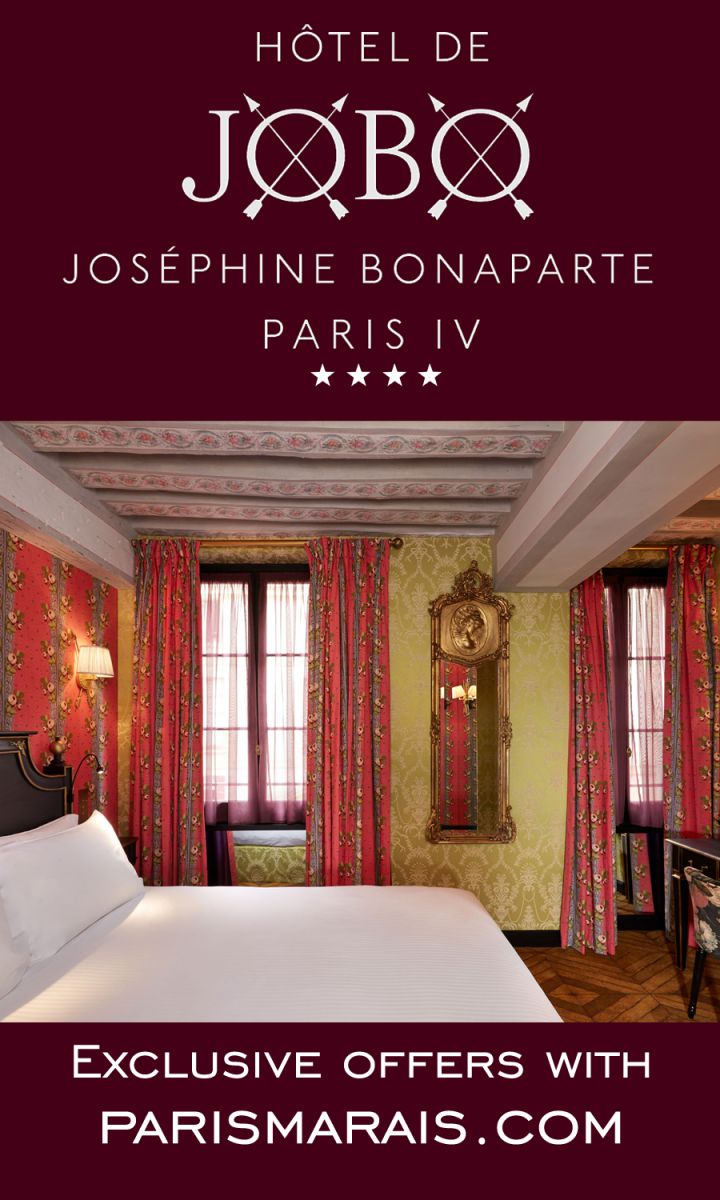
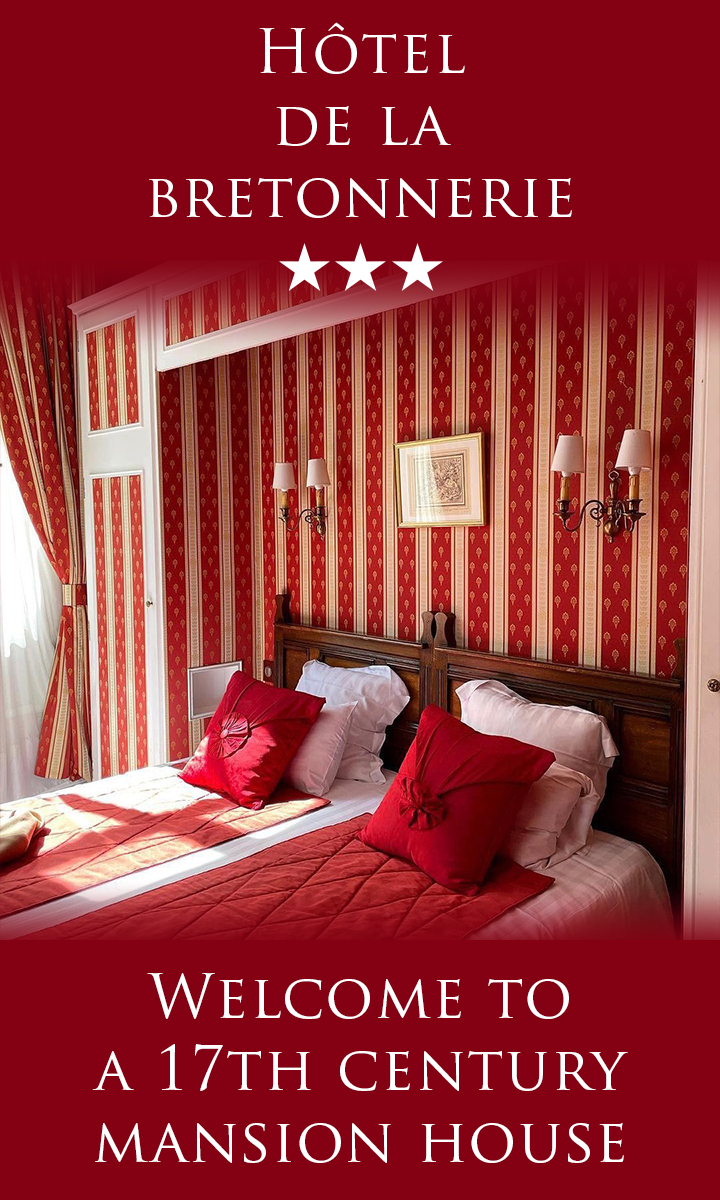
.jpg)
